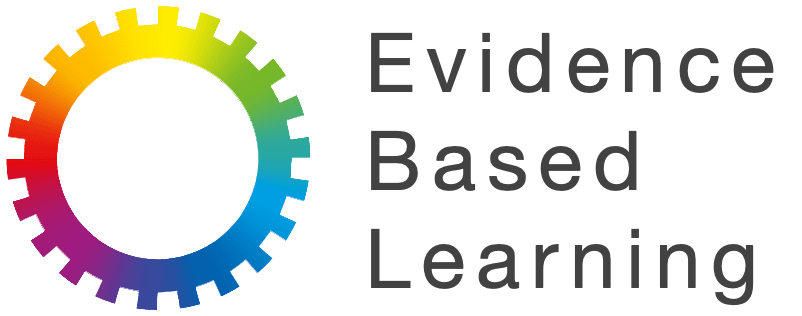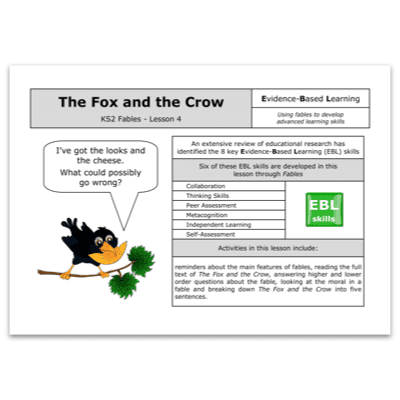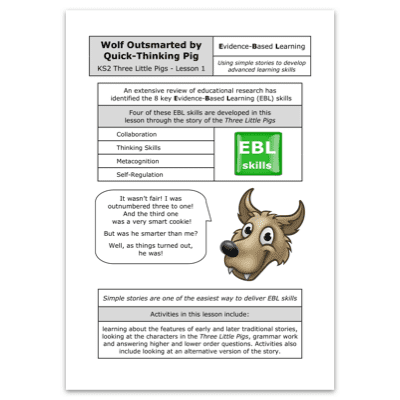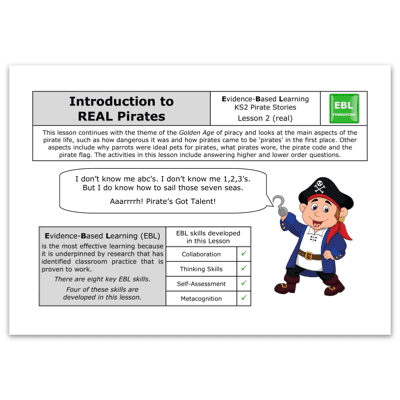

Collaboration is the key to success in the 21st century. When students learn to work together effectively, they are better able to solve problems, to generate new ideas, and to achieve their goals. Tony Wagner
Introduction to Collaboration
Collaboration is the first Evidence Based Learning skill proven by research to maximise learning.
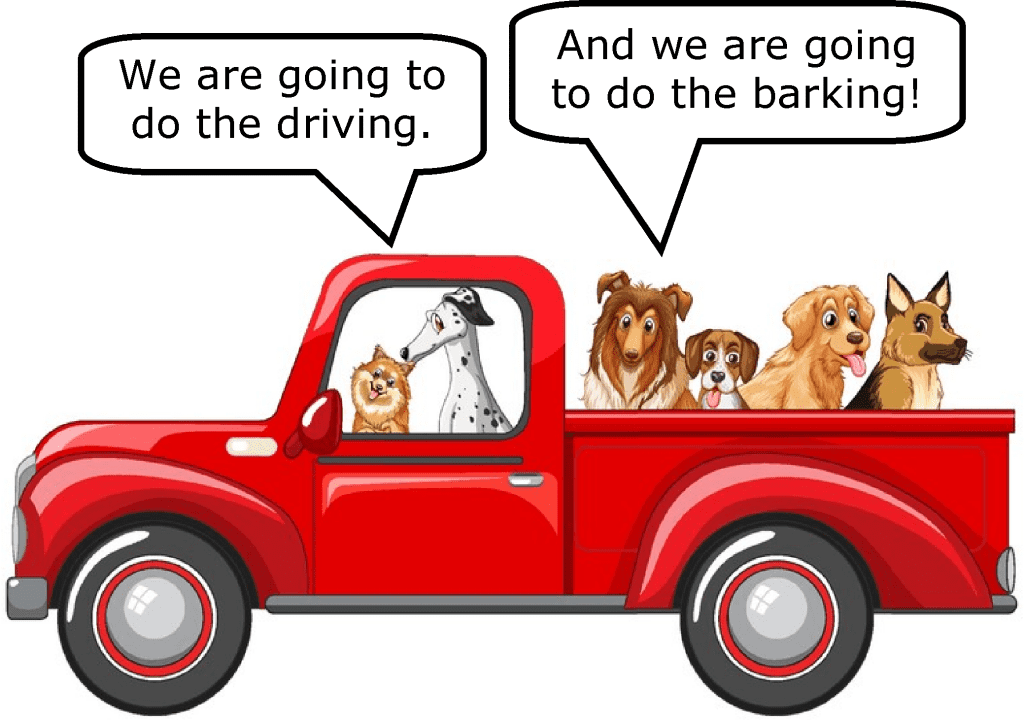
What is Collaborative Learning?
Collaborative learning is a method of active learning that relies on the principle of two or more learners coming together to work towards a common goal.
Collaborative learning activities vary widely, but most centre on the learner’s exploration or application of the curriculum, not simply on the teacher’s presentation of it.
Collaborative learning in primary schools 2020
The Benefits of Collaborative Learning
Collaborative learning has several learning benefits, including:
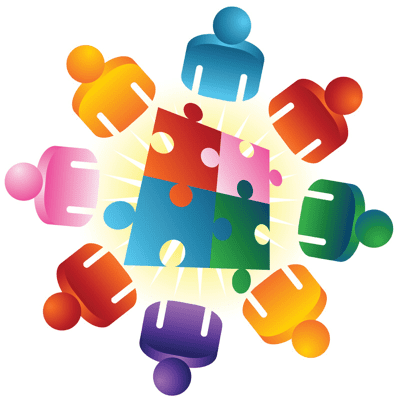
Improved communication skills
Collaborative learning can help learners develop their own communication skills, as they must articulate their ideas clearly and listen to and respond to the ideas of others.
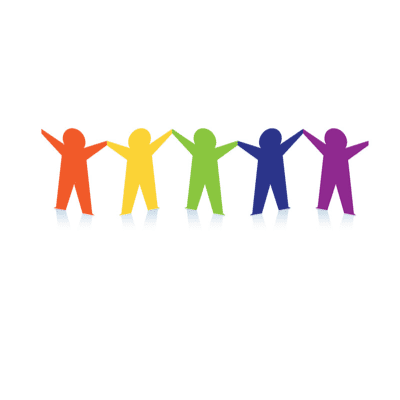
Increased motivation and engagement
Collaborative learning can help learners become more motivated and engaged in the learning process by providing opportunities to interact with, and learn from, their peers.
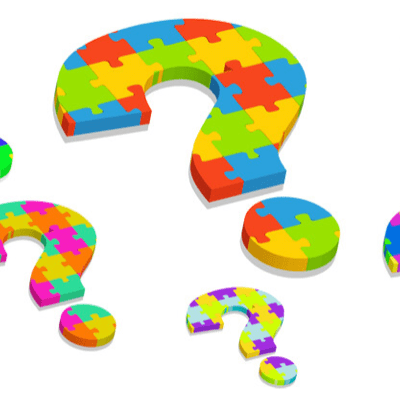
Improved problem-solving abilities
Collaborative learning can help learners develop their own problem-solving skills by working with others to identify and solve problems.
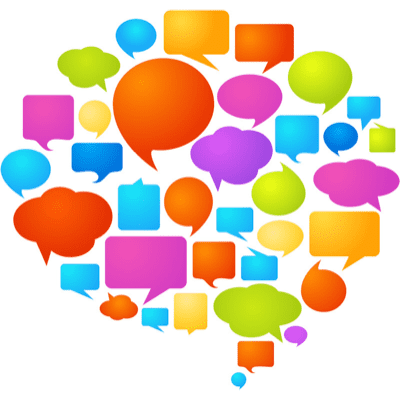
Better metacognitive abilities
Collaborative learning can help learners become more aware of their own thinking and learning processes, as they must reflect on and evaluate their own ideas and the ideas of others.
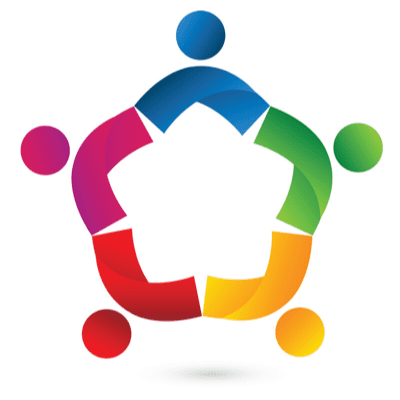
Greater social and emotional skills
Collaborative learning can help learners develop their social and emotional skills, such as empathy, respect, and conflict resolution, which are important for success in many areas of life.
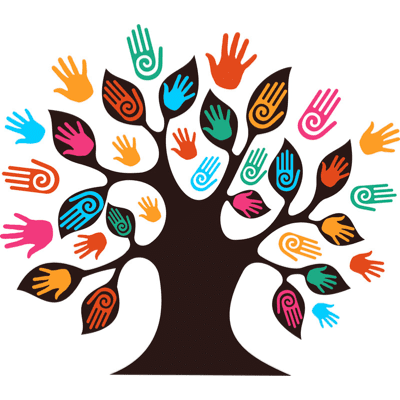
Increased exposure to diverse perspectives
Collaborative learning can expose learners to a variety of perspectives and backgrounds, which can broaden their understanding and help them develop a more open-minded approach to learning.
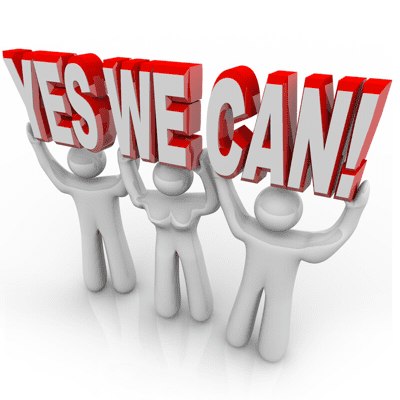
Enhanced motivation and perseverance
– which are essential for self-regulation –
The rationale underpinning collaborative learning is that it supports self-regulation because peers model and discuss their own learning and motivation strategies, which are then distributed across the group for individuals to pick up and modify to suit their own need.
Pupils who observed peers persisting on a difficult task subsequently showed increased self-efficacy themselves, persisting longer on similar tasks and improving their own problem-solving skills.
Adapted from: Self-Regulated Learning: A Literature Review Duckworth, Akerman, MacGregor, Salter and Vorhaus 2009 – Institute of Education – University London
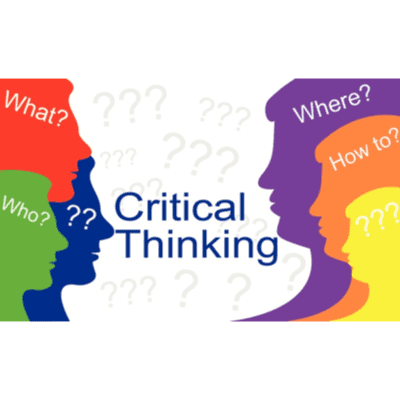
Enhanced critical thinking skills
– which are essential for self-regulation –
Collaborative learning can encourage learners to think more deeply and critically about issues by discussing and debating ideas with others, which can lead to new insights and perspectives.
Collaborative Learning develops thinking, social and emotional skills
Collaborative learning is a type of learning that involves learners working together in pairs or groups to achieve a common goal, such as understanding a new concept or solving a complex problem.
Collaborative skills are highly sought-after

The ability to collaborate with others has become one of the most sought-after skills in both education and the workplace. In addition, the longer that learners of different abilities participated in engaged groups, the more the knowledge of the subject improved for all learners.
The elephant in the room is that when you have learners work in groups, if you don’t explicitly teach them how to collaborate, they are not going to do it.
If you just put them in groups and give them a task, that’s not going to be enough. It’s not going to constitute collaboration.
Children Must Be Taught to Collaborate, Studies Say Education Week – May 2017
Collaborative group work can be used to develop self-regulation
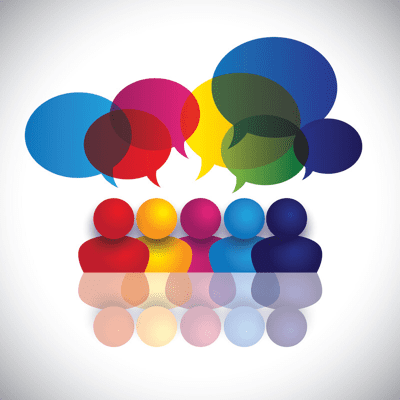
Socially shared Self-Regulation
Socially-shared regulated learning refers to the collaborative nature of group work where the group directs the learning by taking metacognitive control of the task together through negotiated, iterative (constant) fine-tuning of cognitive, emotional, behavioural, and motivational states to accomplish an academic goal.
Teacher Support of Co- and Socially-Shared Regulation of Learning in Middle School Mathematics Classrooms – Frontiers in Education 2020
Some of the abilities and skills developed through collaborative work
Evidence-based quotes about collaborative learning.
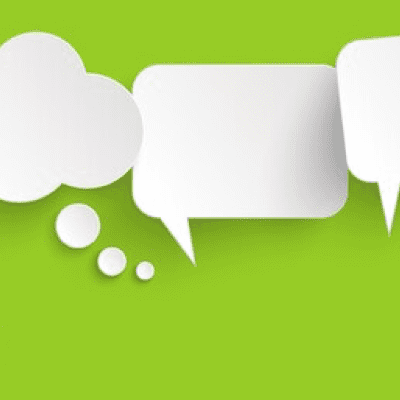
This research could be used for teacher CPD on the benefits of collaborative learning.
Collaboration develops self-regulation skills

Research on collaborative learning shows that peers play an important role in creating a positive learning environment and in promoting self-regulating behaviour.
In collaborative work pupils tend to help one another when they work in pairs; intellectually able pupils deepened their learning by explaining concepts to peers, and lower-achieving pupils benefited from the additional support offered by peers.
Adapted from: Self-Regulated Learning: A Literature Review Duckworth, Akerman, MacGregor, Salter and Vorhaus 2009 – Institute of Education – University London
Collaborative learning enables pupils to extend their own repertoire of learning skills

There is strong research evidence that collaborative learning can effectively promote pupil understanding, increase motivation to learn and enhance competence and self-esteem.
Working with their peers allows pupils to see different ways of tackling the same task and, as a result, extend their own repertoire.
Group Work – General Teaching Council
Collaborative learning develops complex thinking

Through engaging in group discussion, pupils discover how to form good counterarguments, and learn how to question assertions made by peers.
Pupils learn how to think in much more complex terms; how to respond to the various group members’ assertions and how to make a claim of one’s own. Pupils get to help clarify the thinking of their peers and help in their peers’ attempts to answer group questions.
This leads to a better understanding of how to work for something other than your own personal success.
Adapted from: Peer Learning Strategies in the Classroom – Anna Wessel – Journal on Best Teaching Practices – Volume 2 Issue 1 Mar 2015
Collaborative learning gives learners “the opportunity to present and defend their ideas”

In the collaborative learning environment, learners are challenged both socially and emotionally as they listen to different perspectives, and are required to articulate and defend their ideas. In so doing, the learners begin to create their own unique conceptual frameworks and not rely solely on an expert’s or a text’s framework.
In a collaborative learning setting, learners have the opportunity to converse with peers, present and defend ideas, exchange diverse beliefs, question other conceptual frameworks, and are actively engaged (Srinivas, H. 2011).
21st century learning; learning in collaboration – Laal et al 2012 – Research Gate
Collaboration develops soft skills

We look like we have a lot in common.
It goes without saying that simply grouping learners and asking them to work together is not enough: some ground rules will need to be set. Establishing group norms from the beginning is essential to giving all learners a voice.
Discuss with groups the skills they will need – and the skills you want them to develop – such as listening. Developing such soft skills at an early age will go a long way to helping learners become effective communicators as they approach adulthood.
Encourage a mindfulness of the actions that go hand in hand with listening and dialogue, such as eye contact, offering empathy, and letting others finish.
Collaborative learning in primary schools 2020
Pupils make individual progress in tandem with others
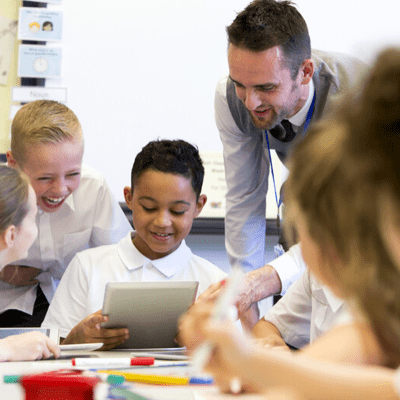
As we move into a more collaborative world, the principles and personality traits gained from peer-to-peer education and engagement are more important than ever.
In collaborative learning, pupils make individual progress in tandem with others, working towards a common goal. Pupils are accountable to one another and, with appropriate direction, will self-manage this.
Collaboration – ResourcEd Blog 2020
“Collaborative learning has been shown to enhance learners’ motivation, engagement, and overall academic achievement”
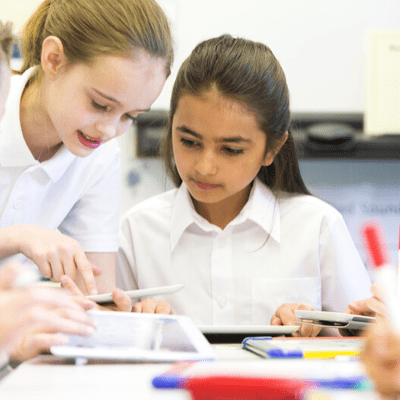
Collaborative learning has been shown to enhance learners’ motivation, engagement, and overall academic achievement.
When learners work together to achieve a common goal, they develop important skills such as communication, critical thinking, and problem-solving, which are essential for success in both school and life.
Collaborative learning is an effective educational approach that enables learners to develop important skills such as critical thinking, problem solving, communication, and teamwork.
Collaborative learning activities create a supportive environment where learners can share their ideas, ask questions, and build on each other’s understanding, leading to deeper and more meaningful learning experiences.
1. An Educational psychologist’s perspective on cooperative learning Educational Researcher, Vol. 23 (7) 1994; pp 5-12 D.W. Johnson & R.T. Johnson 2. An educational psychology success story: Social interdependence theory and cooperative learning. D. W. Johnson & R. T. Johnson Educational Researcher, Vol 48 (3) 2019; pp 151-157
Collaboration is a 21st century skill
What does it mean to be a successful learner in today’s world? While in years past, a solid acquisition of the ‘three Rs’ (reading, writing, and arithmetic) and mastery in the core academic subjects may have been the measure of attainment, the world of the 21st century requires a radically different orientation.
To participate effectively in the increasingly complex societies and globalised economy that characterise today’s world, learners need to think critically, communicate effectively, collaborate with diverse peers, solve complex problems, adopt a global mindset, and engage with information and communications technologies, to name but just a few requirements.
Integrating 21st century skills into education systems From rhetoric to reality – Feb 2019 – Brookings
Collaboration develops “critical thinking, problem-solving and creativity” as well as self-esteem and social skills
I thought that this page was talking about robot skills!
When learners work together, they achieve more than they do as individuals, and they are more productive. But research on collaborative learning shows that the benefits go beyond academic accomplishment.
Working collaboratively helps learners to form more caring, supportive and committed relationships with one another. This, in turn, builds their self-esteem and leads to more robust social skills and emotional well being.
What’s more, collaborative learning activities provide learners with important opportunities to develop crucial skills that they’ll need beyond the classroom.
Working together will give them the chance to practise their oral communication and leadership skills, as well as developing self-management, critical thinking, problem-solving and creativity.
Collaborative learning: the science behind it, and why it works – April 2022 – Cambridge University Press & Assessment
And finally…
building on this quote from earlier:
Encourage a mindfulness of the actions that go hand-in-hand with listening and dialogue, such as eye contact, offering empathy, and letting others finish.
Collaborative learning in primary schools 2020
You might have a poster on your classroom wall of the good habits needed for successful collaboration. For example:
Some of the rules a pupil needs to work collaboratively with a partner
COLLABORATION RULES
Conclusion

Collaborative learning leads to the largest learning gains
The research on collaborative learning is one of the success stories of educational research.
The research on collaborative learning has shown that activating pupils as learning resources for one another produces some of the largest gains seen in any educational interventions.
Does Assessment Hinder Learning? Dylan William – ETS Europe 2006
